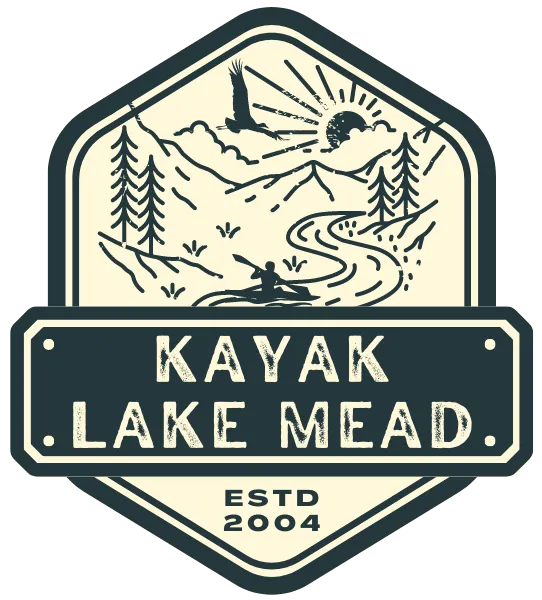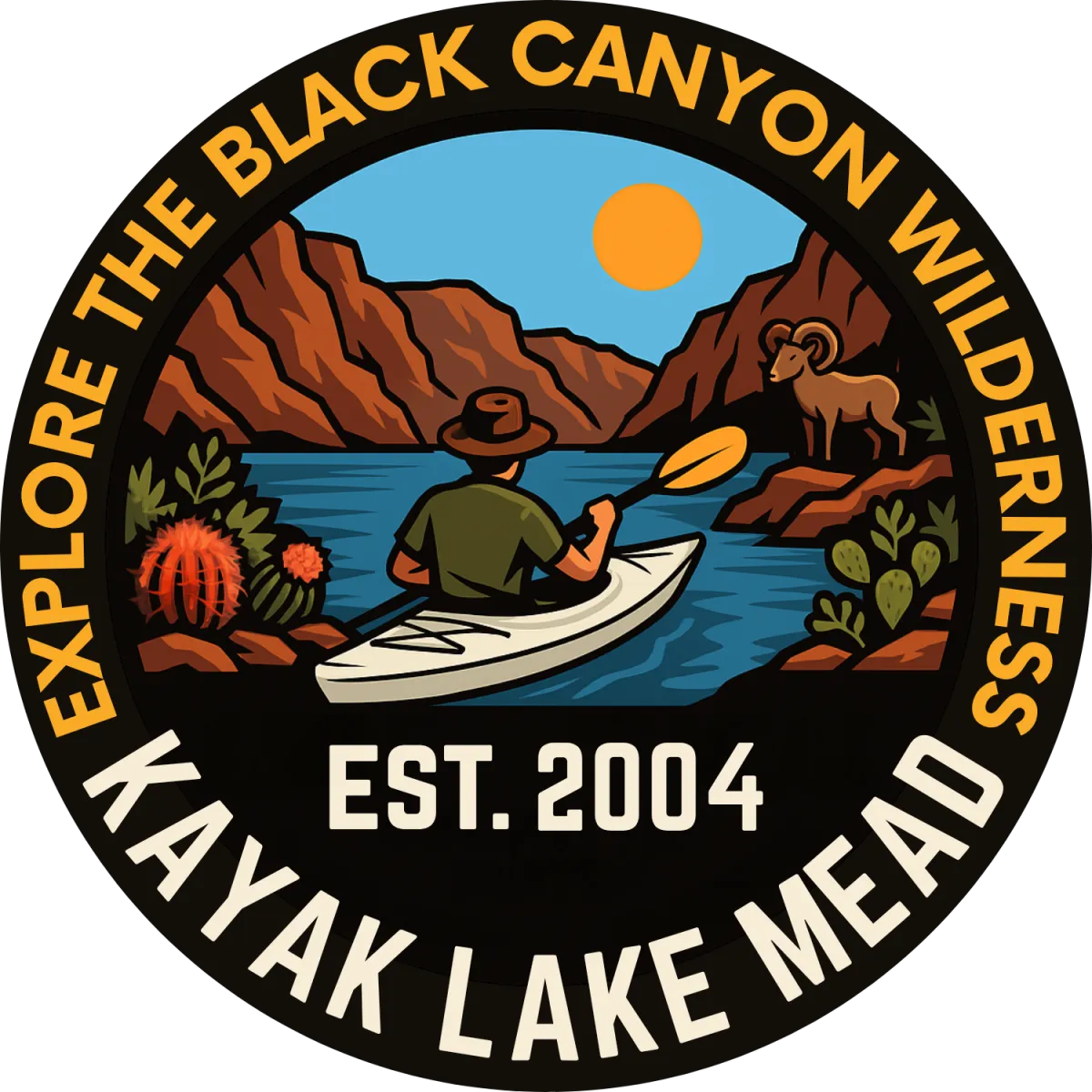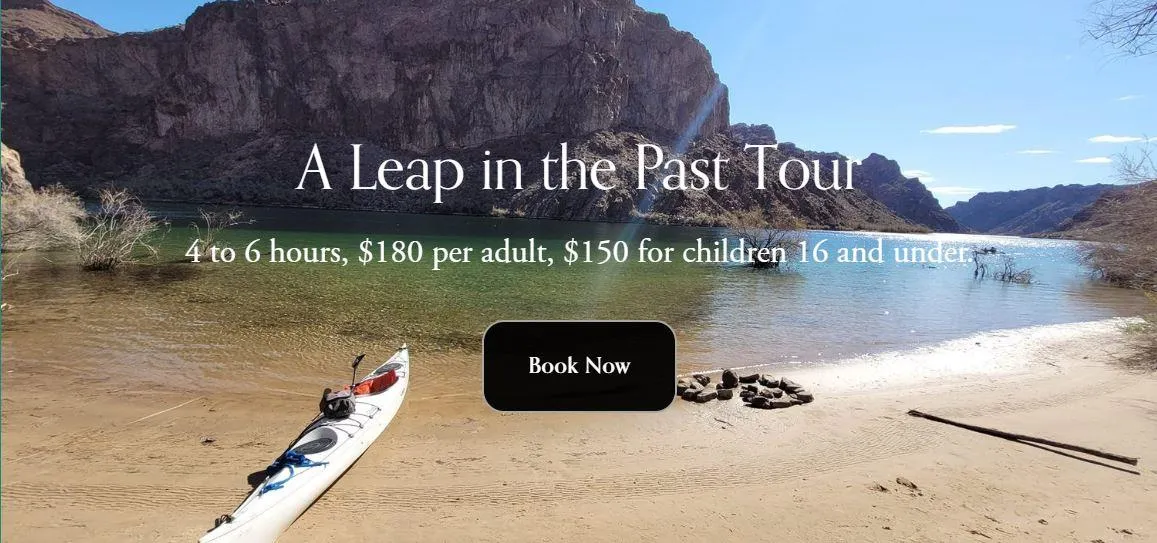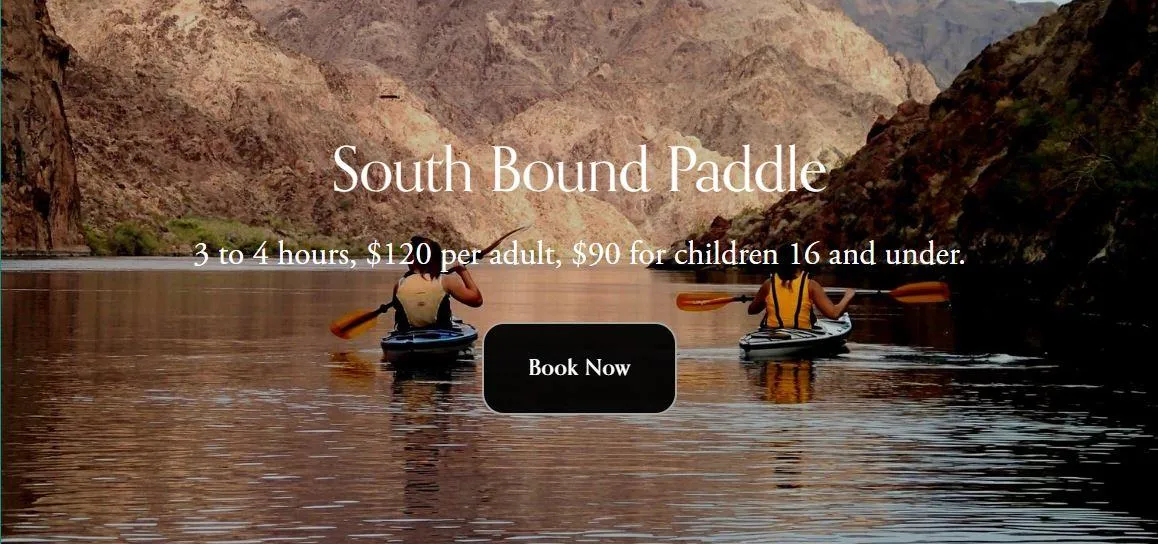Cadence
In the video, this kayak does not have a rudder.
If you look closely, what you see is that with each pause, I edge the kayak ever so slightly.
If my last stroke was on the right, I edge the kayak slightly on the left side.
If my last stroke was on the left, I edge the kayak slightly on the right side.
This edging counteracts the effect of the last stroke trying to turn the kayak while I'm gliding.
Thus, my heading remains true.
In the video, using 3 strokes and PAUSE technique.
Cadence Efficient forward stroke
Discounting wind and current, your kayak moves forward because the power in your forward stroke overcomes the friction between kayak and water.
I'll define kayak speed as...your power minus friction.
The hull speed of your kayak is an interesting subject.
That subject is beyond the scope of this article.
Suffice to say, putting your kayak at its upper end speed takes some technique and skill and to keep it there for an extended time takes technique, skill, and fitness.
I'll define maximum paddle power as: skill + technique + fitness.
But it takes about half the power to keep your kayak at a cruising speed, a speed at about one half to two thirds of your kayak's theoretical top speed.
Let's say you have a kayak that can jam along at 6 knots.
That 6 knots will require about 0.2 hp (horse power), but there ain't no horse there, that's you. And it is going to be hard to do for long periods of time.
However, with a little practice and study, you can pull your kayak along at 3.5 to 4 knots all day long. (Pulling is what you are really doing with a forward stroke.)
This will require only about 0.1 hp of calories, sweat, Gatorade, and desire.
Most paddlers execute about 500 forward strokes per mile when paddling at cruising speed.
This article will show you how to cruise with about one half the amount of strokes.
Efficient Forward Stroke Cadence by Kayak Lake Mead:
When you impart power to your kayak with one good stroke,
you have just overcome friction and your boat is gliding.
As it is gliding...it is slowing down because of friction...and it will continue to slow down...until you add in another forward stroke.
But in 1 or 2 seconds, it is not slowing down that much.
In fact, when you put your paddle in the water for another stroke,
you just added more friction (a paddle in the water is a brake) unless of course you follow up immediately with power.
The forward stroke cadence most paddlers follow is: catch, compression, lift, repeat.
CATCH:
You give the paddle a nice entry into the water.
COMPRESSION:
You pull yourself to the blade.
LIFT:
You pop the paddle out of the water and prepare for another sequence.
I am suggesting an efficient forward stroke cadence for the goal of moving your kayak at a cruising speed should be:
CATCH, COMPRESSION, LIFT, PAUSE, and then paddle regularly for an
odd number of regular strokes, pick and number like 3 or 5, then
PAUSE for 1 second.
I generally like to pause and glide for the same amount of time of one stroke or as I feel it to be, one beat.
Each stroke is a beat, your pause and glide is a beat.
So again:
Using 3 as a number of strokes before a pause where S = stroke, R=right side, L=left side.
SR, SL, SR,
PAUSE
.... SL, SR, SL,
PAUSE
... SR, SL, SR...
PAUSE
... etc.
Sidebar for adventure race teams:
Pausing for 1 beat after 5 strokes
is an awesome way to maintain a very good cruising speed.
If you are in a heated dual with another team or doing an extended sprint,
just pause for 1 beat between every 5 strokes.
You will be resting every 5th stroke and your kayak will not slow down even noticeably. Now, you've gained some rest while not giving away that much, and so now you're ready to really slam it for a final push.
Here is the catch. There is none. You (probably) along with most other paddlers (definitely) have been doing too many strokes per mile just to keep the boat going at a cruising speed.
Don't take my word for it. Prove it to yourself. Here's how...
Go paddling with a friend. Define a short course, say about 1/4 mile more or less. Position yourself a few yards behind your friend. Both of you paddle at a relaxed cruising speed...
Note: I could have shortened this whole article to the next paragraph.
Now, every time your friend executes one stroke on just the left side...you execute ONE STROKE.
Do this for the short course you defined.
Turn around, repeat the course in reverse, you paddle at a normal cadence in the front position and let your friend paddle just ONE STROKE for every one of your left strokes.
You will get the same result. Your both going to say, WOW!
This waiting for your friends left stroke amounts to pausing for about 2 seconds. This lets your kayak glide for a moment. Hey, your kayak is designed to glide through the water. Your kayak likes to glide through the water. So why don't you let it?
It takes a little practice - NOT TO STROKE. Find something else to do for about a second or two
(you know like breath and rest) while you wait to apply that next stroke.
When you get out of the habit of constantly stroking, you'll find that each of your strokes become cleaner,
smoother, more elegant...more efficient.
Have fun with this. Practice it. Cruise with it. Develop it. And amaze your friends with your new efficient forward stroke cadence. Adventure race teams...use it!
And always remember:
The primary principle of paddle strokes - when you plant your blade in the water and perform a stroke, your blade doesn't move it is your kayak that moves in relation to the blade.











